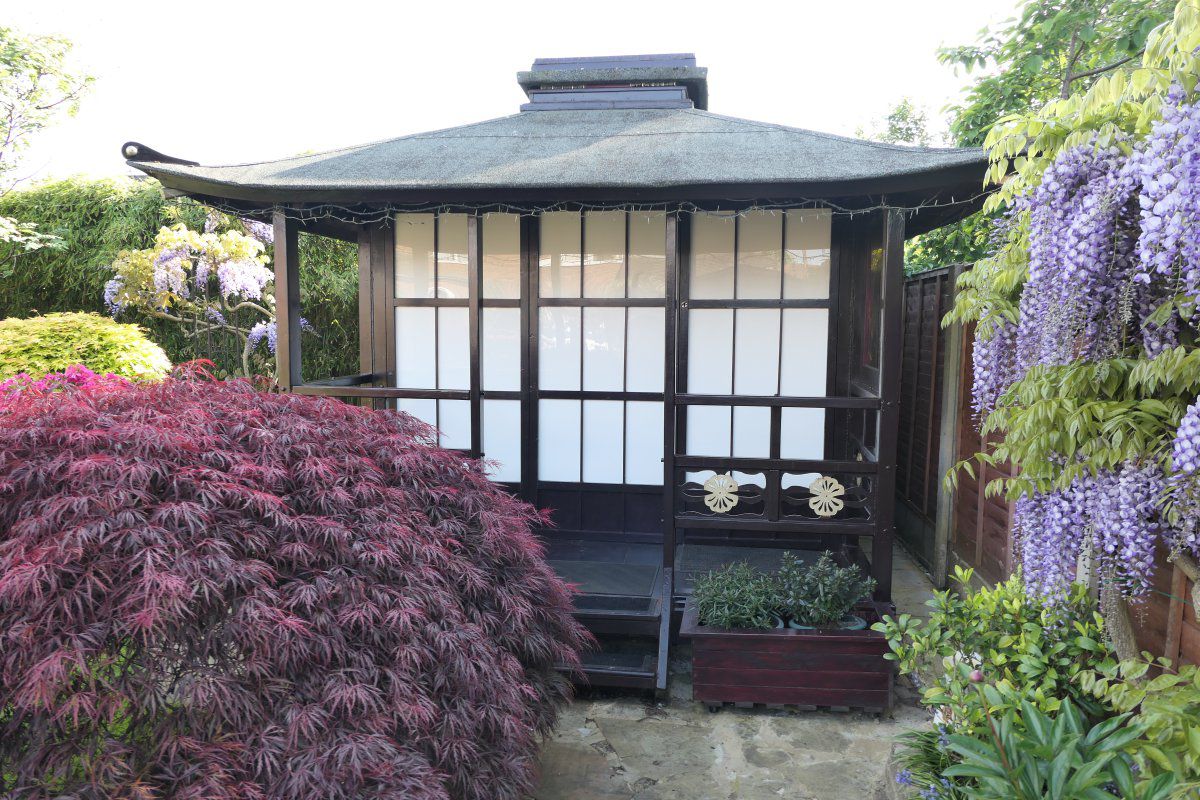colasblue
pfm Member
Hi All,
I've decided to repaint the small amount of remaining exterior woodwork I have while the weather lasts and I'm having trouble selecting a suitable paint.
My first Instinct was Dulux weathersheiled, since that's what I used when I last did the job about 20 years ago! It's lasted well!
I think I used a one coat variant back then.
So I bought the weathershield and it's proved to be a complete PITA, not a all like the product I had before.
It's ridiculously thin (like milk) so is a total nightmare to use if your brush points upward. Drips absolutely everywhere and has piss poor covering power.
I had a bit of an accident with the garage about 5 years ago and repainted the door frame with a sandtex product, but that's starting to come away now so maybe not the best thing.
The online reviews of Ronseal suggest its Just as crap as the Dulux if not worse.
Does anybody have any recommendations from recent experience.
Ideally I'd like non drip, one coat and good coverage. Surely not too much to ask?
I've decided to repaint the small amount of remaining exterior woodwork I have while the weather lasts and I'm having trouble selecting a suitable paint.
My first Instinct was Dulux weathersheiled, since that's what I used when I last did the job about 20 years ago! It's lasted well!
I think I used a one coat variant back then.
So I bought the weathershield and it's proved to be a complete PITA, not a all like the product I had before.
It's ridiculously thin (like milk) so is a total nightmare to use if your brush points upward. Drips absolutely everywhere and has piss poor covering power.
I had a bit of an accident with the garage about 5 years ago and repainted the door frame with a sandtex product, but that's starting to come away now so maybe not the best thing.
The online reviews of Ronseal suggest its Just as crap as the Dulux if not worse.
Does anybody have any recommendations from recent experience.
Ideally I'd like non drip, one coat and good coverage. Surely not too much to ask?





